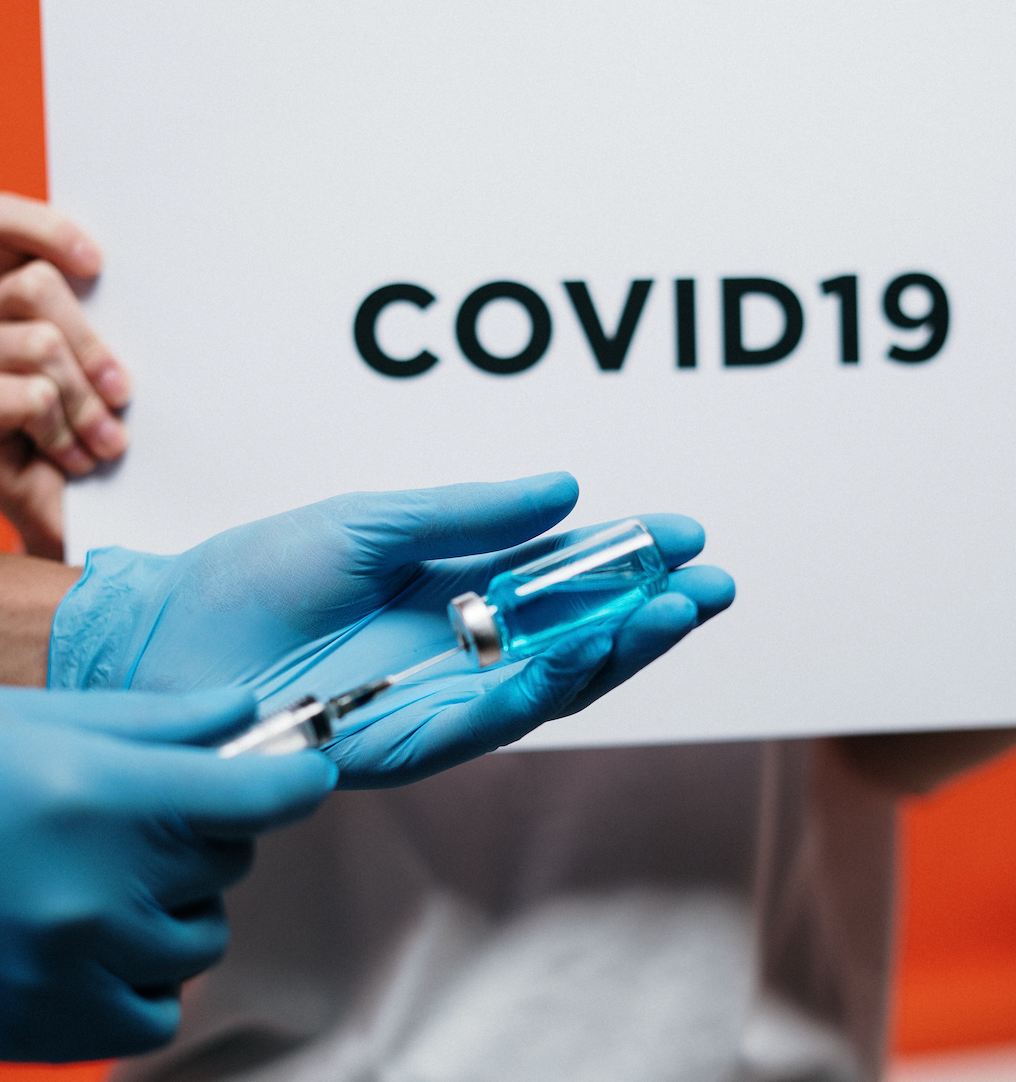Allergic History Doesn’t Necessarily Preclude Vaccination Against COVID-19
Allergists offer risk stratification approach to avoid rare allergic reaction to COVID-19 vaccines

An excipient in COVID-19 vaccines is the likely culprit for rare allergic reactions, but a team of allergists in the US describe a risk stratification approach to identify the few persons who might be susceptible, and ensure that the great majority, including those with an allergic history, safely receive the vaccination.
“As allergists, we want to encourage vaccination by reassuring the public that both FDA-approved COVID-19 vaccines are safe,” Aleena Banerji, MD, Division of Rheumatology, Allergy and Immunology, Department of Medicine, Massachusetts General Hospital (MGH) and Harvard Medical School, Boston, MA, and lead author of the recent review of evidence and description of risk stratification, indicated in a statement released by MGH.
“Our guidelines are built upon the recommendations of US regulatory agencies and provide clear steps to the medical community on how to safely administer both doses of the vaccine in individuals with allergic histories,” said Banerji.
The team of allergists collaborated from several academic medical centers in addition to MGH, including Vanderbilt University Medical Center, Nashville, TN, the University of Texas Southwestern Medical Center, Dallas, and the University of Washington School of Medicine, Seattle.
Banerji and colleagues point out that the rare allergic reactions to vaccines are usually attributed to inactive ingredients of the formulations, such as egg protein, gelatin, formaldehyde, thimerosal, or neomycin—none of which are contained in the COVID-19 vaccines.The two formulations currently approved by the FDA, from Pfizer-BioNTech and Moderna do contain, however, the excipient PEG (polyethylene glycol); and the two in late-stage development, from AstaZeneca and Johnson & Johnson, contain the excipient polysorbate 80, which have similar potential for allergic reaction.
Banerji and colleagues emphasize that allergies to other substances, food or drugs do not necessarily preclude receiving these vaccines.They report on successful use of the following 4-question screen to stratify risk and properly monitor and manage those at high risk for serious allergic reaction to the vaccine:
- Do you have history of a severe allergic reaction to an injectable medication?
- Do you have a history of a severe allergic reaction to a prior vaccine?
- Do you have a history of a severe allergic reaction to another allergen (eg, food, venom or latex)?
- Do you have a history of a severe allergic reaction to polyethylene glycol (PEG)?
A “no” answer to all four indicates the individual has “lower risk”, and should receive the vaccine under the usual conditions, which includes a 15-minute observation period in proximity to staff trained to respond to anaphylactic reaction.An individual answering “yes” to the first 3 questions is deemed “medium risk”, and should be observed for 30 minutes.An individual answering “yes” to the fourth question is deemed at “higher risk”, and should be referred to an allergist for skin testing, and receive the vaccination with 30 minute observation only after a negative test.
Banerji and colleagues also suggest a specific follow-up for those answering “yes” to the first 2 questions, to ascertain whether the specific injectable products contained high molecular weight PEG, poysorbate or polyoxyl 35 (paclitaxel).Although there has not been clear correlation of the PEG molecular weight to reactivity, they note that individuals with documented anaphylaxis to PEG3350 laxatives have tolerated PEG with molecular weight <400.The two currently approved COVID-19 vaccines contain PEG2000.
In the event that there is a possible allergic reaction to the first of the two vaccination doses, Banerji and colleagues indicate that it is crucial to determine whether or not an allergic reaction did occur before considering administration of the second dose. They point out that there are numerous non-immunologic reactions that could appear as allergic reactions including anaphylaxis, such as vasovagal reactions with hypotension, and pain or anxiety reactions with tachycardia.
“If a patient develops anaphylaxis to the first dose, shared decision making with an allergist, including risk stratification and expanded skin testing must occur before any consideration of vaccine rechallenge,” Banerji and colleagues warn.
